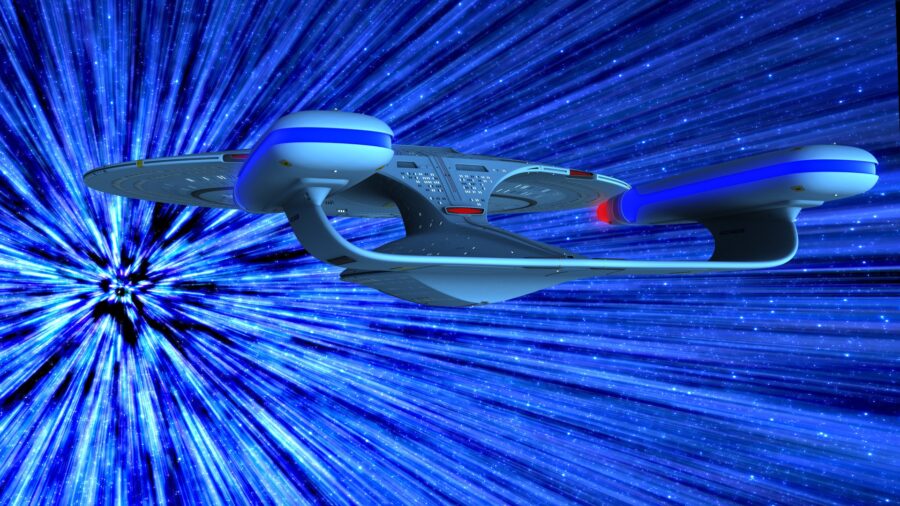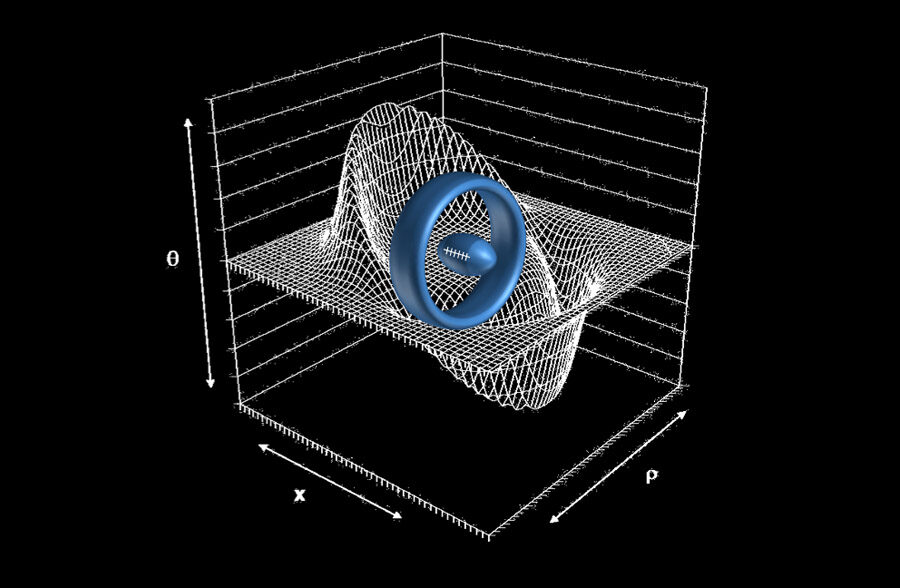Scientists Want To Develop Star Trek Technology To Detect Alien Life
Scientists are now using the Star Trek warp drive technology to determine if they have discovered alien life via their warp signatures.

I’m giving it all she’s got, captain! In the fantastic world of Star Trek, the warp drive has always been used to transport our Starfleet heroes from one exotic alien planet to the next. While Trek has always made for great fiction, real-world scientists are now hoping to detect definitive signs of alien life by scanning for their warp signatures!
While it may sound crazy to use ideas about Star Trek to hunt down the warp drive signatures of an alien race, the scientists behind this plan are well-respected authorities in their fields. This project brought together researchers from Carnegie Mellon, UCLA, and other prominent institutions, and their paper on the matter is going to be published in Monthly Notices of the Royal Astronomical Society. That means their work has been peer-reviewed ahead of publication, making this paper much more significant than, say, “out there” websites such as Time Cube.
However, before you start streaming your favorite Star Trek episodes in celebration, keep in mind that the idea of scanning for alien warp drive signatures is still very theoretical. We don’t yet have any definitive proof of alien life anywhere in the vastness of the universe, so there may simply be no warp signatures out there for us to detect. If aliens are real, though, and if they are zipping around the space lanes, this recent research gives us a working idea of how to detect them.

It all starts with gravitational waves. Right now, the general scientific consensus is that these waves are created when black holes and neutron stars collide. However, this group of researchers and scientists, very likely inspired by one too many episodes of Star Trek, argue that the gravitational waves detected by places such as the Laser Interferometer Gravitational-Wave Observatory may have been created by alien warp drive technology instead.
How would this work, exactly? Much like the climax of any given Star Trek episode, it’s all about the warp drive. Theoretically, any mass moving at the speed of light would be able to create the kind of gravity waves our scientists have previously detected.
The good news is that the researchers have a game plan: using a machine learning model that will be able (like Star Trek’s Mr. Data himself) to detect alleged warp drive signatures and distinguish them from other background noise in the cosmos. The bad news is that we may not know whether this hot new plan is effective for many more years.
That’s because these researchers are effectively pioneers in a field (detecting gravitational waves) that is still very much the Wild West. Some of the smartest minds on the planet are still figuring out whether warp drive is possible, for example, or whether this is just a fanciful dream fed to us by all those Star Trek rerun episodes. And even if warp drives are real and this machine-learning model works, it will likely be many years before we can verify the effectiveness of the model and even longer (assuming it ever happens) before we can actually detect alien life.










